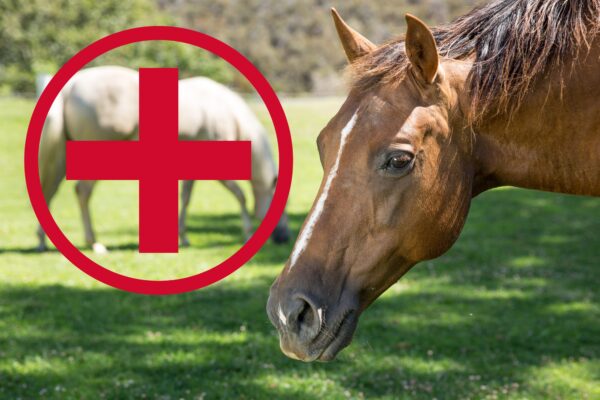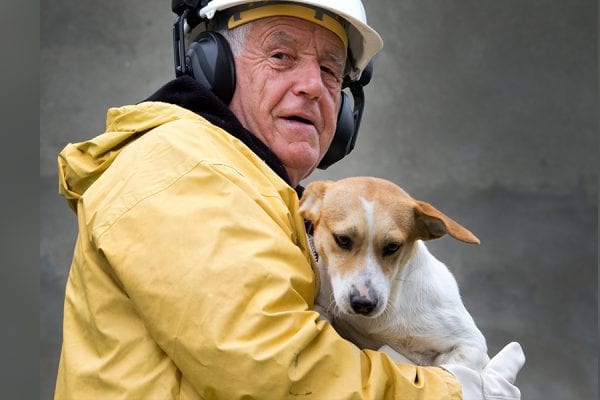Whether you have one backyard chicken or many, accidents and injuries can happen to them at any time. Since most of us don’t have a veterinarian to turn to for help caring for the health of our flocks, being prepared for the unexpected can make a medical crisis less stressful. It’s important to keep first aid supplies on hand and have a plan for a recovery space before you need them. Here’s what I recommend:
Emergency Wound Care Supplies
Every chicken keeper should stock a few basic first aid supplies and store them in a cool, dry, easily accessible location. Don’t be tempted to keep first aid supplies inside the chicken coop where temperature fluctuations can cause degradation and reduce their effectiveness. The essential supplies in my first aid kit include:
- Vetericyn Plus Poultry Care wound spray
- Self-sticking bandages (such as Vetrap)
- Non-stick gauze pads
- Old towels (for protecting and calming a frightened chicken)
- Dog-nail clippers (for trimming injured beaks, spurs, and toenails)
- LED headlamp or flashlight (for nighttime inspections)
- Rubber or latex gloves (for handling a bleeding bird)
- Phone numbers of veterinarian and state’s animal pathology lab
Injury Assessment and Treatment
Injured chickens should always be taken to a safe location away from other flock members who could cause further injury. If the injured chicken is in shock or frightened, when approached, wrap them securely in a large towel to prevent them from further injuring themselves and provide them with a measure of security.
Wounds often look much worse than they are before bleeding is controlled and the bird cleaned up. Since feathers tend to hide wounds, placing the bird in a tub of warm water can help in locating all wounds and assessing their extent. Use a clean towel, gauze, or paper towel to apply firm, even pressure to bleeding injuries until the bleeding stops. I use Vetericyn Poultry Wound Care Spray for cleaning and treating wounds 2–3 times a day until wound have fully healed.
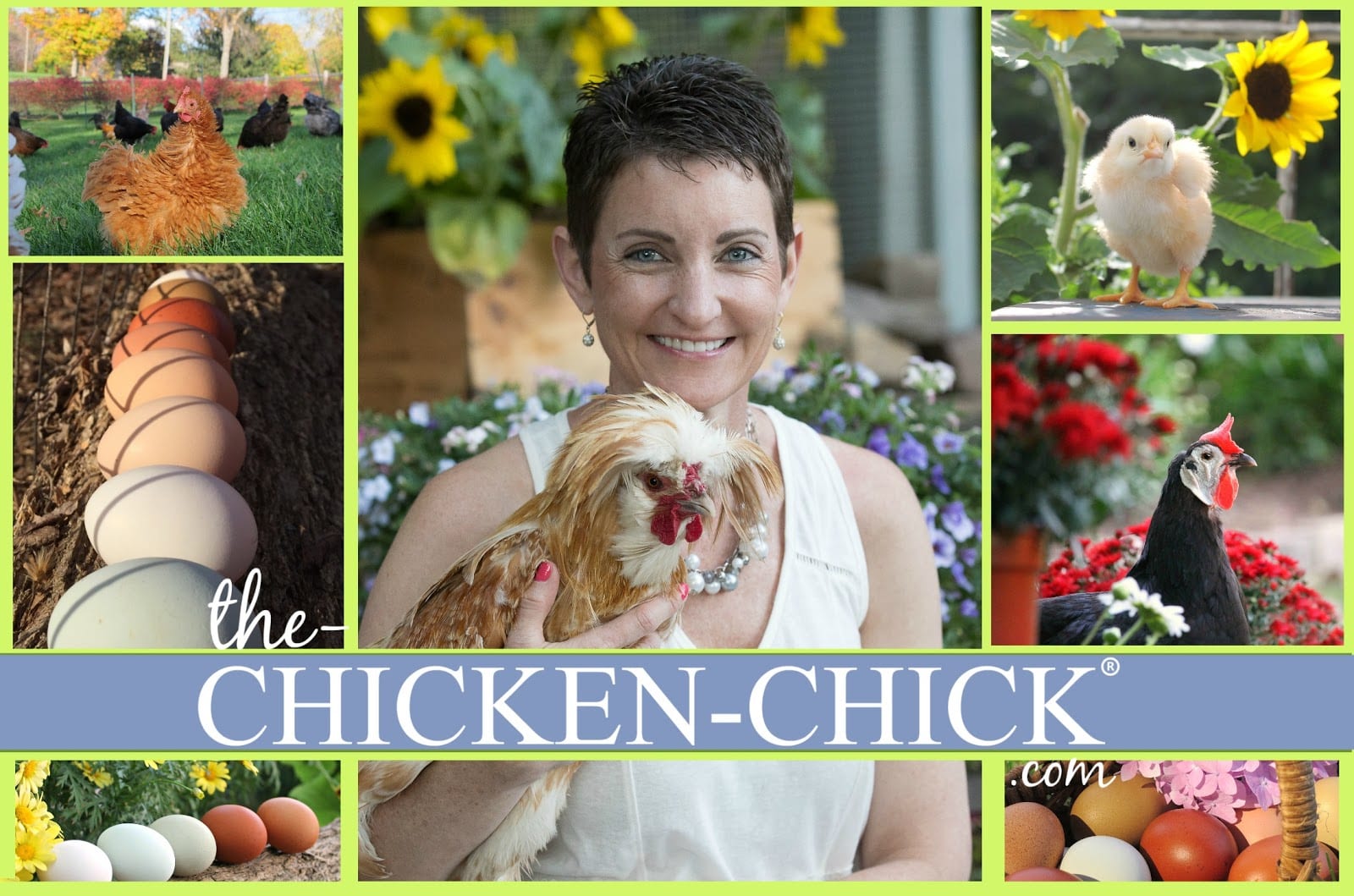

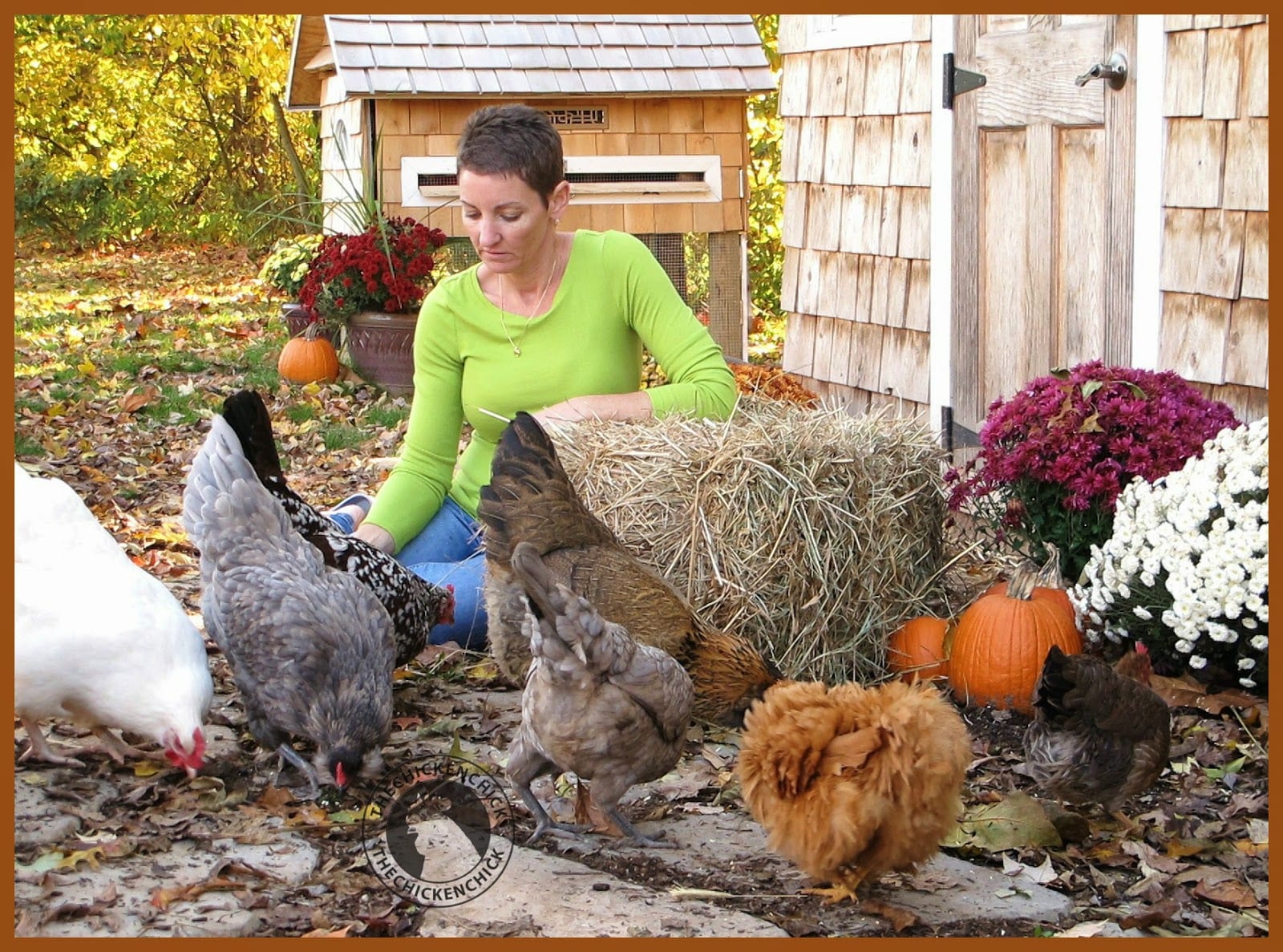
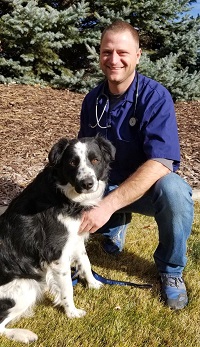 Reviewed by Dan Richardson, Veterinarian
Reviewed by Dan Richardson, Veterinarian